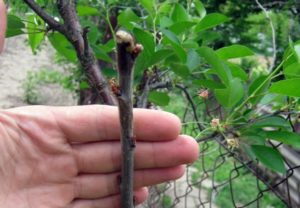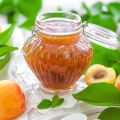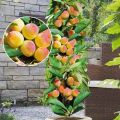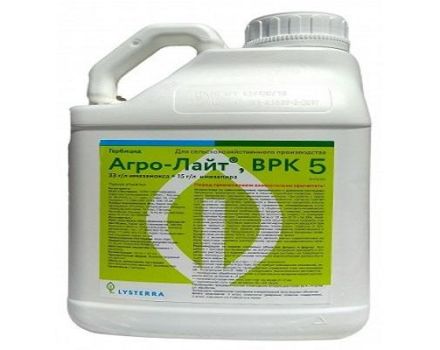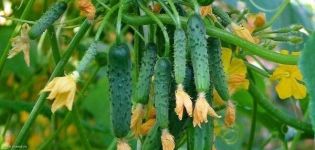Growing apricots in the Urals in the open field, description of winter-hardy varieties and care
Gardeners dream of growing tasty, juicy apricots on their land. In the southern territory, this will not be difficult. The Urals has a cold climate, so when choosing seedlings, gardeners will have to carefully study the characteristics of varieties and choose suitable ones for the harsh climate. In the Urals, winter-hardy apricots are planted, which can easily withstand low temperatures and unfavorable factors.
The best varieties of apricots for the Urals
The Urals are characterized by harsh climatic conditions, therefore, when choosing seedlings, preference is given to winter-hardy varieties that can endure:
- freezing;
- prolonged thaws;
- frost;
- stagnant moisture;
- temperature drops;
- sunburn.
Winter-hardy types of apricots are obtained by crossing an ordinary crop with a wild one.
Northern apricots differ in taste and size from southern apricots, but remain just as healthy.
Recommended best varieties:
- Honey. The culture grows 3 meters high. The diameter of the crown of an adult plant is 4 meters. The fruits are large.
- Kirovets. The plant is compact, grows no more than 3 meters. About 15 kilograms of apricots are harvested per season. The weight of each does not exceed 27 grams. The skin of the fruit is reddish. They begin to ripen in early August. Advantage - high taste properties of fruits and excellent winter hardiness.
- Siberian. The culture grows up to 5 meters. Fruits are small, crack when ripe, tart-sour. Withstands severe frosts.
- Khabarovsk. Harvested from the 4th year. The plant needs systematic care: pruning, crown formation. A tree with a spreading crown grows to a large size. Apricots have an average level of transportability. An adult plant produces up to 35 kilograms of fruit with high taste properties. The culture is distinguished by good winter hardiness, capable of withstanding severe frosts.
- Hardy. The tree is developing rapidly. Refers to winter hardy.
- Northern Lights. This is an elite apricot variety with high frost resistance. The lack of culture is the possibility of damping off. Fruit weight is about 30 grams. The pulp is medium in density.
- Mountain Abakan. The plant has a spreading crown and reaches 3 meters in height. The culture is frost-resistant. Fruits of a depressed form with a yellow-greenish color. Sweet and sour to taste with juicy pulp. With long-term winter thaws, fruit buds may fall off. One tree gives up to 15 kilograms of harvest.
- East Siberian. Refers to early, has frost resistance. A prolonged thaw provokes damping of the horse's neck, which can cause the plant to freeze. The fruits are endowed with delicious pulp.
- Siberian Baikalov.This is an ideal variety for the Urals, as the crop can withstand abnormally low temperatures. An adult plant produces 25 kilograms of apricots in a productive year, which are large in size and have a sweet taste. Ripening period - early August.
- Manchurian. The tree is tall, reaching 12 meters. The sour fruits are ideal for preserves and jams. The apples are small, weighing no more than 20 grams. Belonged to the best varieties for the Urals, it can easily endure severe frosts.
- Saratov ruby. The tree is not only frost-resistant, but also highly resistant to the cold of fruit buds. Refers to vigorous. The fruits are fragrant. The bone is well separated. Apricots do not crack and have ideal transportability. Stored for 2 months if the conditions are met.
- Snegirek. It can grow in areas with severe frosts. The annual harvest is 10 kilograms. Self-fertile varieties are convenient to use, as they do not require the presence of pollinators. Therefore, Snigherek can be grown in a single-sorted, single array.
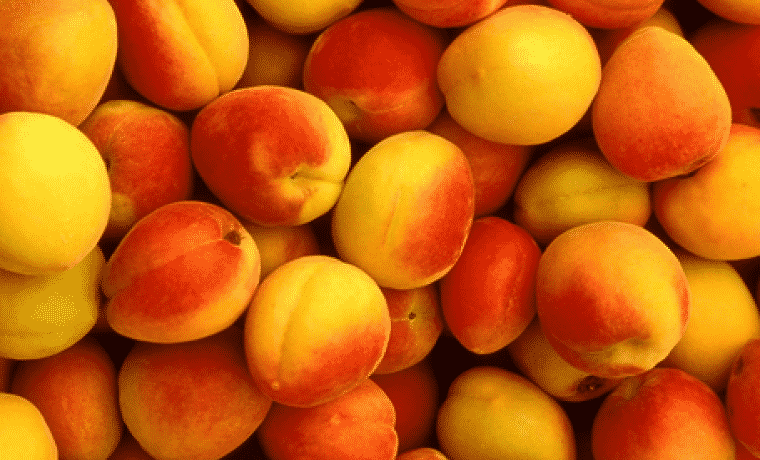
All of these options are ideal for harsh climates.
How to grow apricots in the Urals
For the growth of apricot in the Urals, choose the right, strong seedling with good frost resistance.
Cultivation of a culture requires knowledge and simple recommendations:
- Groundwater is hazardous to crops. They provoke rotting and damping of the root system.
- Saplings are planted in a place without drafts and with good lighting. Prefer elevated areas.
- Planting is done in autumn and spring. Pre-fertilize the soil and dig a hole 80 x 80 centimeters in size.
- Drainage is laid out at the bottom, a seedling is installed and tied to a support. This preparation will help the plant to withstand strong winds. Drainage will allow the root system to develop well.
- Fill the dug hole halfway with earth and fill it with a bucket of water. When the liquid is completely absorbed, fill it with the remaining soil and fill it with a bucket of water again.
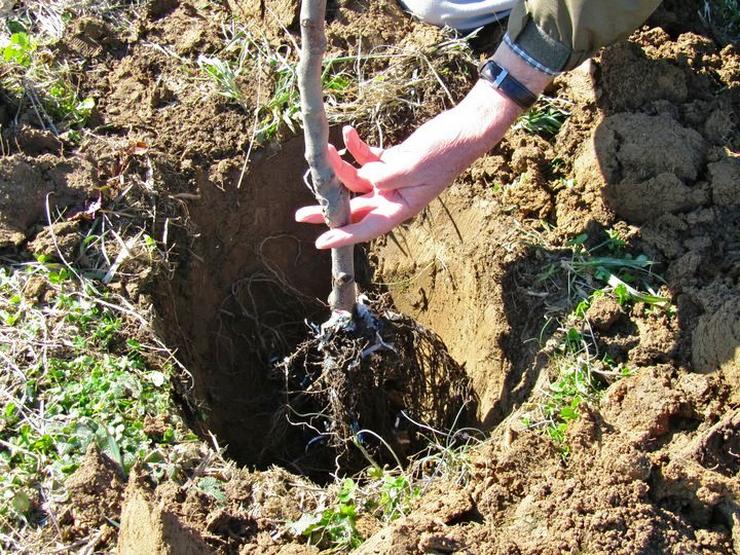
Apricots grow well outdoors and yield bountiful harvests with proper care. When buying, opt for annual plants. It is recommended to plant several types of trees at once. Subsequently, the plants will be provided with cross-pollination, which will have a positive effect on further fruiting. After transplanting, the culture is watered abundantly.
In the Urals, only zoned varieties are grown, preference is given to two-year-old seedlings with a closed root system. It is recommended to purchase in specialized nurseries.
Care
Apricot care in the Urals must be continuous. To do this, follow the recommendations:
- for better pollination, the plant is sprayed with honey tincture;
- do not allow melted snow to stagnate in the holes;
- remove unnecessary branches, the procedure will give a beautiful look to the culture and help to get a high yield;
- feeding twice a season;
- carry out preventive measures against diseases and pests;
- watered regularly, but in moderation.
Pruning is carried out until the leaves appear. Leave branches evenly spaced in the crown. Plantations need a large amount of moisture at the time of the formation of ovaries. To protect crops from cold weather, the scorching winter sun and rodents, before the April warming, boles and skeletal branches are wrapped with white fiberglass. Only grafted trees are grown. Plants that have emerged from seeds have no chance of survival. With the right choice of variety and proper care, the apricot will delight you with a bountiful harvest every year.
